It is important to understand changes in** sea level** in order to understand our research here! In most of the world, sea level is rising. That means if you live near the beach, every year the water gets a little higher and a little closer to your home.
Finland is different. Sea level here drops 6 millimeters each year. That’s about ¼ inch. Every 100 years sea level drops a couple of feet! The rate used to be even faster. Five thousand years ago, when the people we are studying lived on the coast, sea level dropped more than three feet every 100 years.
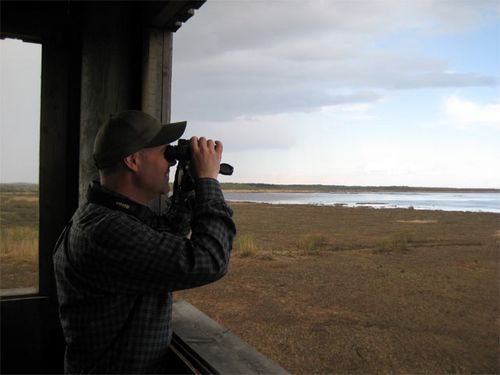
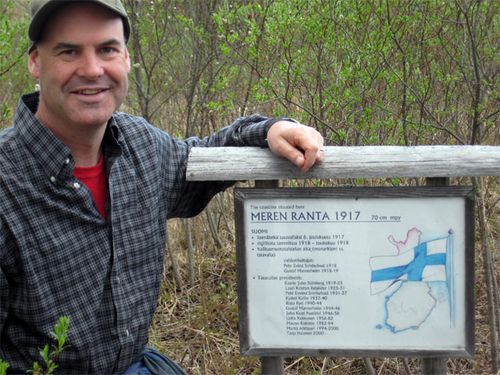
To understand why, you need to think back to the end of the last ice age. Finland and the rest of northern Europe was covered by a huge glacier: a giant sheet of ice over a mile high! The weight of all that ice pressed the land down.
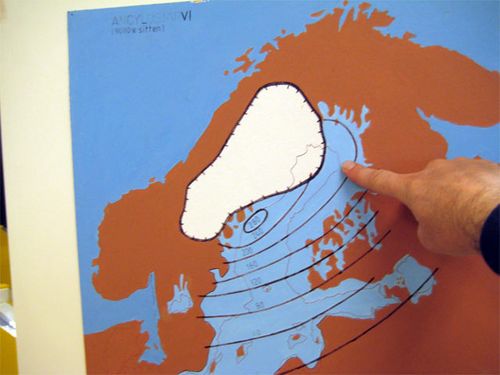
When all that ice melted, the land started to rise up. It is still rising. This is called isostatic rebound. Any place that was on the coast 5000 years ago is now 55 meters (180 feet) up, and dozens of miles inland.
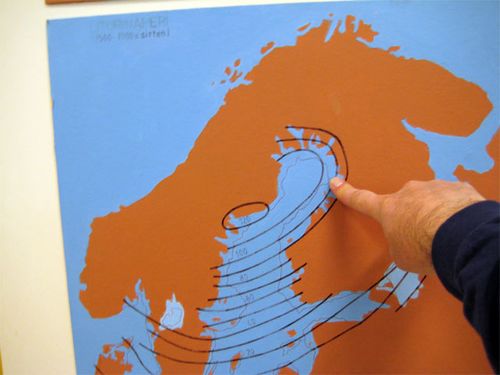
In a country as flat as Finland, a little bit of a drop in sea level means that the coast line moves miles! If you lived here 5000 years ago you would see big changes in your own lifetime. In many places, the coastline might become too far away to walk to.
These people had to live on the coast, to catch seals and fish for food. As the ocean receded away from them, they had to move their homes towards the sea again and again. Good dry places for houses, on high islands or peninsulas, were rare. Most of the coast was marshland.
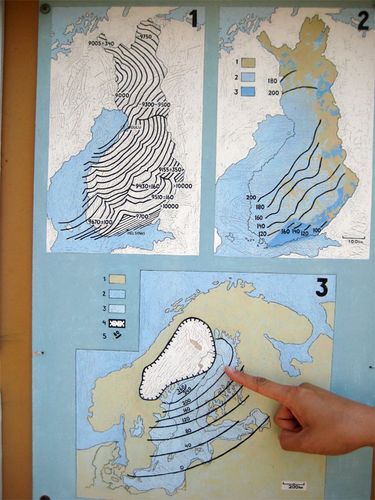
We can use the elevations of old settlements to date them. House foundations at 60 meters elevation above sea level are presumed to be 5,500 years old. Sites at 55 meters elevation are 5000 years old. Lower sites are younger than that, and so on. The Carbon-14 dates we have confirm this pattern.
The rest of us have to cope with the opposite problem. The rate at which global sea level rises is speeding up rapidly. Over the next 100 years we modern people will have to move back from the sea, again and again.


Comments